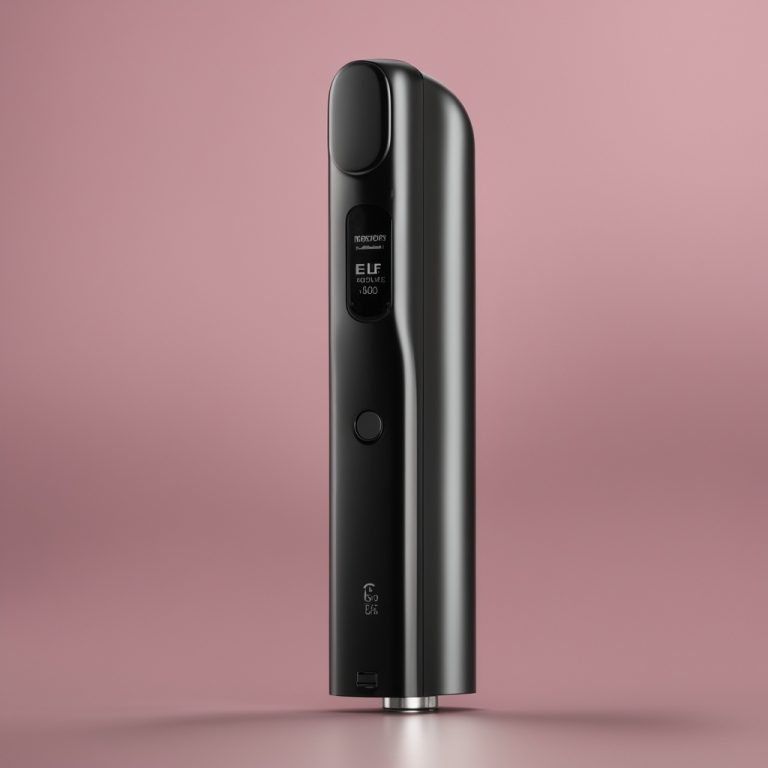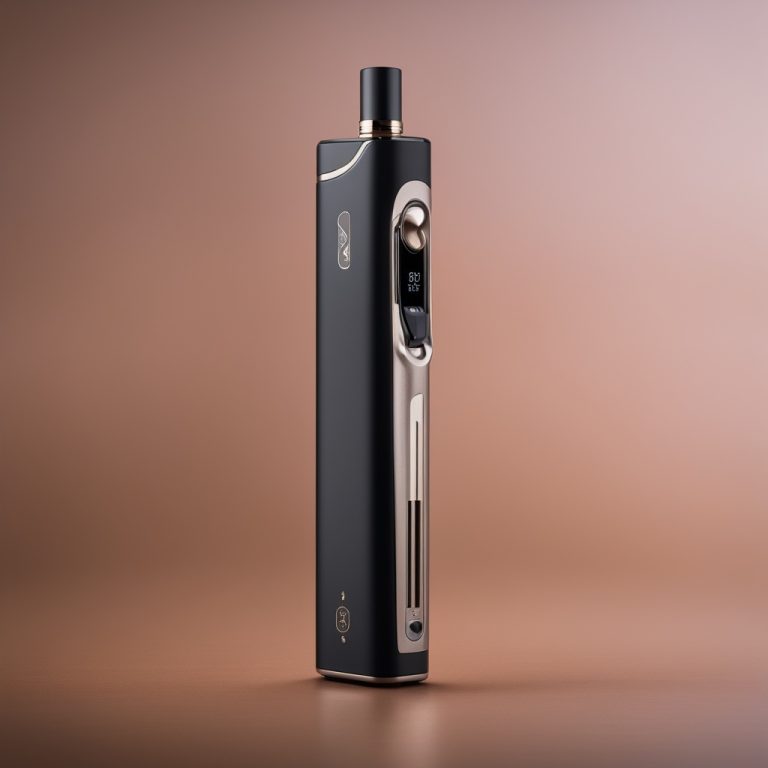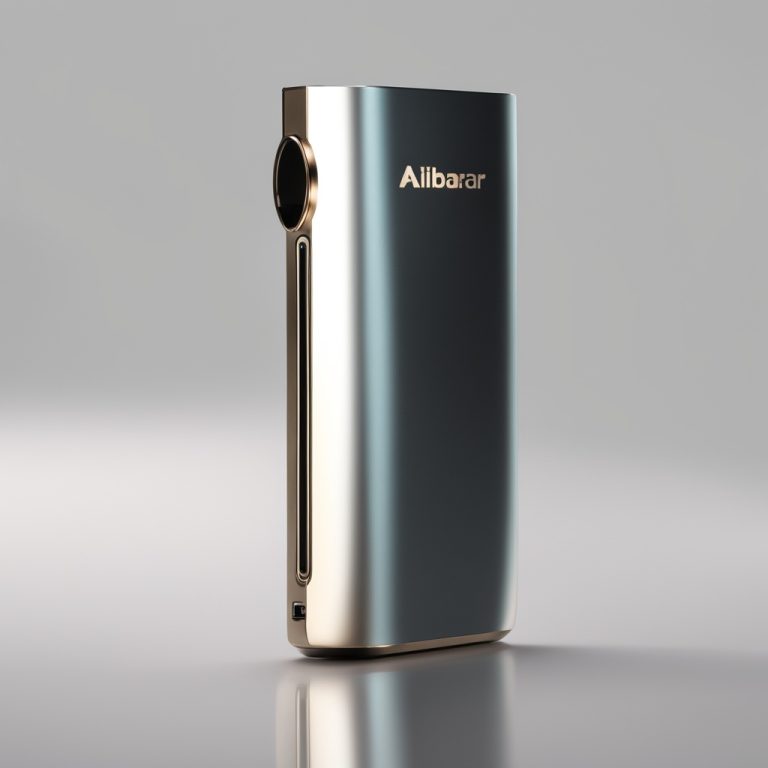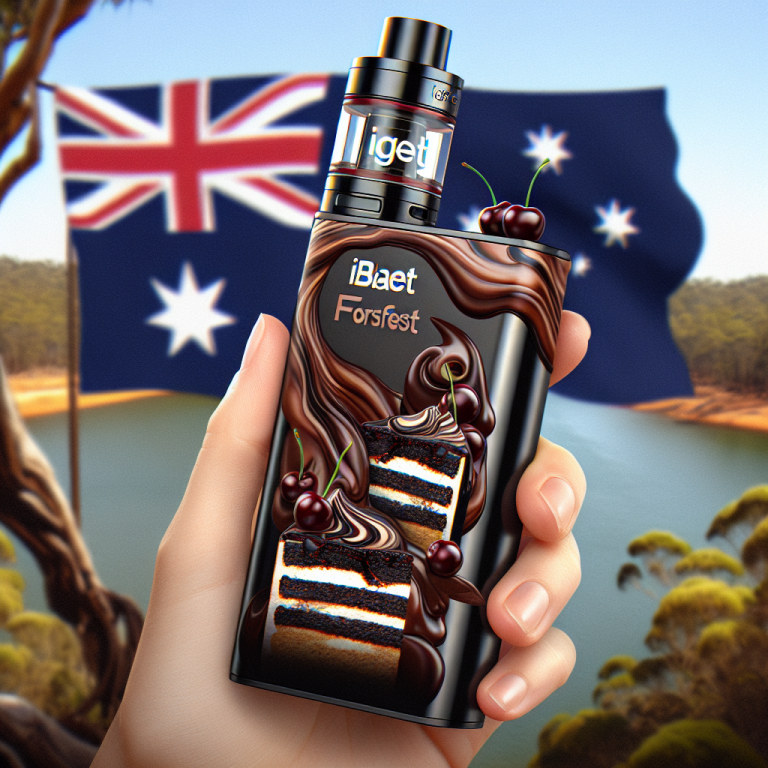
iGet 6000 Puff
Kuz C6000 Vape Nicotine Content: What Every User Should Know
The Kuz C6000 vape nicotine content has become a hot topic among Australian vaping enthusiasts. As disposable e-cigarettes gain popularity, understanding the specifics of nicotine levels, device performance, and regulatory implications is crucial. This article dives deep into the details of this product while addressing common questions and concerns.
Understanding the Kuz C6000 Design
The Kuz C6000 stands out for its sleek, pocket-friendly design and pre-filled e-liquid system. Unlike refillable devices, it offers a hassle-free experience with no maintenance required. But what makes it truly unique? Its nicotine delivery system is engineered for consistency, providing a steady throat hit that mimics traditional smoking. However, critics argue that its accessibility might encourage prolonged use among new vapers.
Nicotine Strength and Health Considerations
With a nicotine content of 5% (50mg/mL), the Kuz C6000 sits at the higher end of the concentration spectrum. This raises important questions:
- Is this strength suitable for casual users?
- How does it compare to other disposables in the Australian market?
- What are the long-term health implications of frequent use?
Medical experts emphasize that while vaping is generally considered less harmful than smoking, high nicotine concentrations may still lead to dependency. The Australian Therapeutic Goods Administration (TGA) strictly regulates nicotine imports, making devices like the Kuz C6000 a contentious subject.
Regulatory Landscape in Australia
Australia’s vaping laws are among the strictest globally. Since October 2021, consumers need a prescription to legally purchase nicotine-containing products like the Kuz C6000. Despite this, non-prescription sales persist through underground markets. Authorities have confiscated over 350,000 illegal e-cigarettes in 2023 alone, highlighting the ongoing struggle to balance harm reduction with youth protection.
User Experience and Flavor Variants
The device’s popularity isn’t just about nicotine content—its flavor range plays a significant role. From icy menthol to tropical fruit blends, the Kuz C6000 offers over 15 options. But do these flavors mask the harshness of high nicotine levels? Many users report smoother inhalation compared to tobacco-flavored alternatives, potentially leading to unintended overconsumption.
Environmental Impact of Disposable Vapes
While the convenience of disposables appeals to many, environmental advocates sound the alarm. Each Kuz C6000 contains a lithium battery and plastic components that often end up in landfills. Recycling programs remain scarce, prompting questions:
- Should manufacturers be mandated to fund disposal initiatives?
- Can biodegradable materials replace current construction?
- Is the industry doing enough to address this crisis?
Until solutions emerge, the ecological footprint of such devices remains a pressing concern.
Comparing Nicotine Delivery Across Devices
How does the nicotine content in the Kuz C6000 measure up against modifiable vapes? Advanced systems allow users to adjust wattage and airflow, enabling precise dosage control. In contrast, disposables deliver a fixed concentration, which might not suit everyone. For heavy smokers transitioning to vaping, the high nicotine level could be beneficial—but casual users risk developing unnecessary dependence.
Frequently Asked Questions
1. Can I legally buy the Kuz C6000 in Australia without a prescription?
No. Under current TGA regulations, nicotine-containing vapes require a medical prescription.
2. How many puffs does the Kuz C6000 provide?
It claims to offer up to 6,000 puffs, equivalent to roughly 2-3 packs of cigarettes.
3. Does higher nicotine content mean better satisfaction?
Not necessarily. Heavy smokers might prefer strong doses, while others may find lower concentrations sufficient.
4. Are there nicotine-free versions available?
Yes, but they’re less common and often overshadowed by high-nicotine variants in illicit markets.
The Future of Vaping in Australia
As debates over the Kuz C6000 vape nicotine content intensify, policymakers face a dilemma: How can they preserve vaping’s role in smoking cessation while curbing underage use? Proposed solutions include flavor bans, stricter age verification, and standardized nicotine limits. Meanwhile, advocates urge investment in public education to help users make informed choices.
Final Thoughts
The Kuz C6000 exemplifies the double-edged nature of disposable vapes. While its potent nicotine content aids smoking cessation for some, it poses risks of misuse and environmental harm. As Australia grapples with evolving regulations, users must weigh personal benefits against broader societal impacts. What role should individual responsibility play in this ongoing narrative? The answer remains as complex as the vapor itself.





